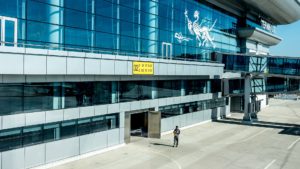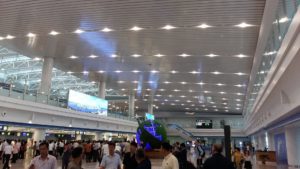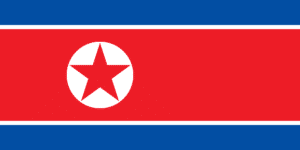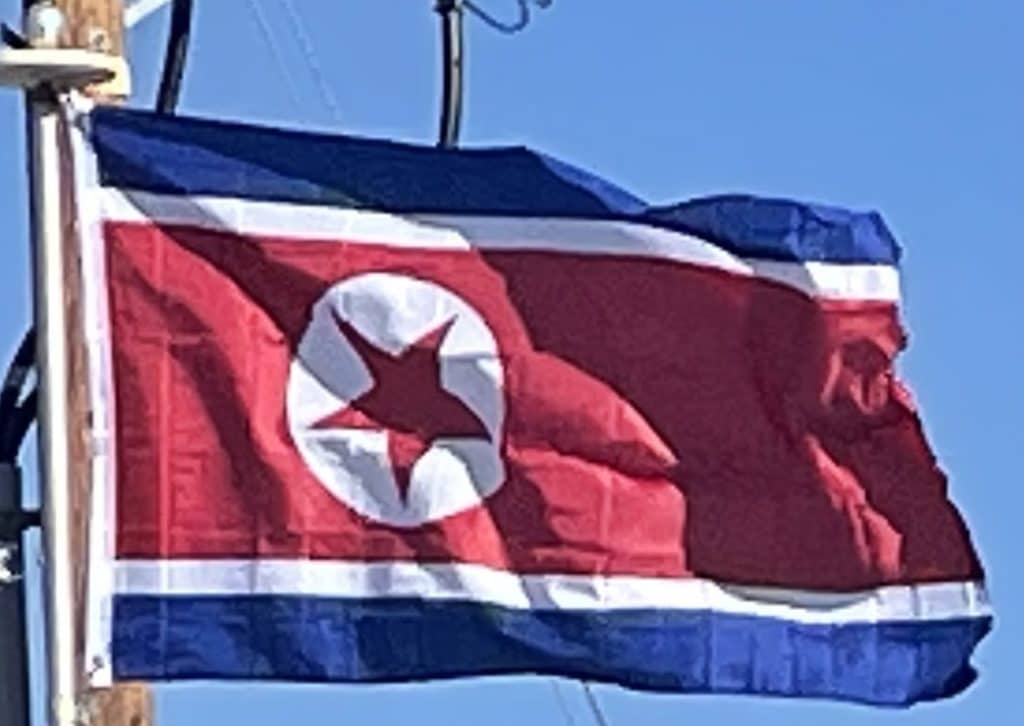
Air Koryo is the country’s national airline. As of 2017, Air China also operates flights between Beijing and Pyongyang. In 2013, MIAT Mongolian Airlines began operating direct charter services from Ulaanbattar to Pyongyang with Boeing 737-800 aircraft.
Internal flights are available between Pyongyang, Hamhung, Haeju (HAE), Hungnam (HGM), Kaesong (KSN), Kanggye, Kilju, Najin (NJN), Nampo (NAM), Sinuiju (SII), Samjiyon, Wonsan (WON), Songjin (SON), and Chongjin (CHO). All civil aircraft are operated by Air Koryo, which has a fleet of 19 passenger and cargo aircraft, all of which are Soviet or more modern Russian types.

It was reported that North Korean air traffic controllers had been cut off from the international global satellite communications network in 2017 because North Korea had not made the required payments. Traffic controllers at Pyongyang Sunan International Airport had to use conventional telephone lines to inform their counterparts at Incheon International airport that the flight containing North Korean delegates to the 2018 Winter Olympic Games in South Korea had taken off.
Flag of North Korea:
The flag of North Korea, also known as the Ramhongsaek Konghwagukgi, consists of a central red panel, bordered both above and below by a narrow white stripe and a broad blue stripe. The central red panel bears a five-pointed red star within a white circle near the hoist. The flag is banned from public use in South Korea due to its association with the ruling North Korean regime, although some exceptions for the usage of the flag exist.

The North Korean national flag is officially defined in article 170 of Chapter VII of the North Korean constitution. According to it:
“The national flag of the Democratic People’s Republic of Korea consists of a central red panel, bordered both above and below by a narrow white stripe and a broad blue stripe. The central red panel bears a five-pointed red star within a white circle near the hoist. The ratio of the width to the length is 1:2.”
The North Korean flag’s prominent motif is a red star, which is a universal symbol of communism and socialism, although since the flag’s adoption the application of the Marxist-Leninist-natured philosophy of Juche has replaced communist authority as the state’s guiding ideology, and references to communism have been systematically removed from the country’s constitution and legal documents. However, the constitution is still stated to be socialist in nature. Despite the many changes to the constitution, the description of the flag has always remained the same.
The website of the Korean Friendship Association indicates that, on the contrary, the red star represents revolutionary traditions and the red panel is indicative of the patriotism and determination of the Korean people. The white stripes symbolize the unity of the Korean nation and its culture. The blue stripes represent the desire to fight for independence, peace, friendship, and international unity.
According to a typical North Korean official text published in Rodong Sinmun, Kim Il-sung gave the following significance to the elements of the flag:
